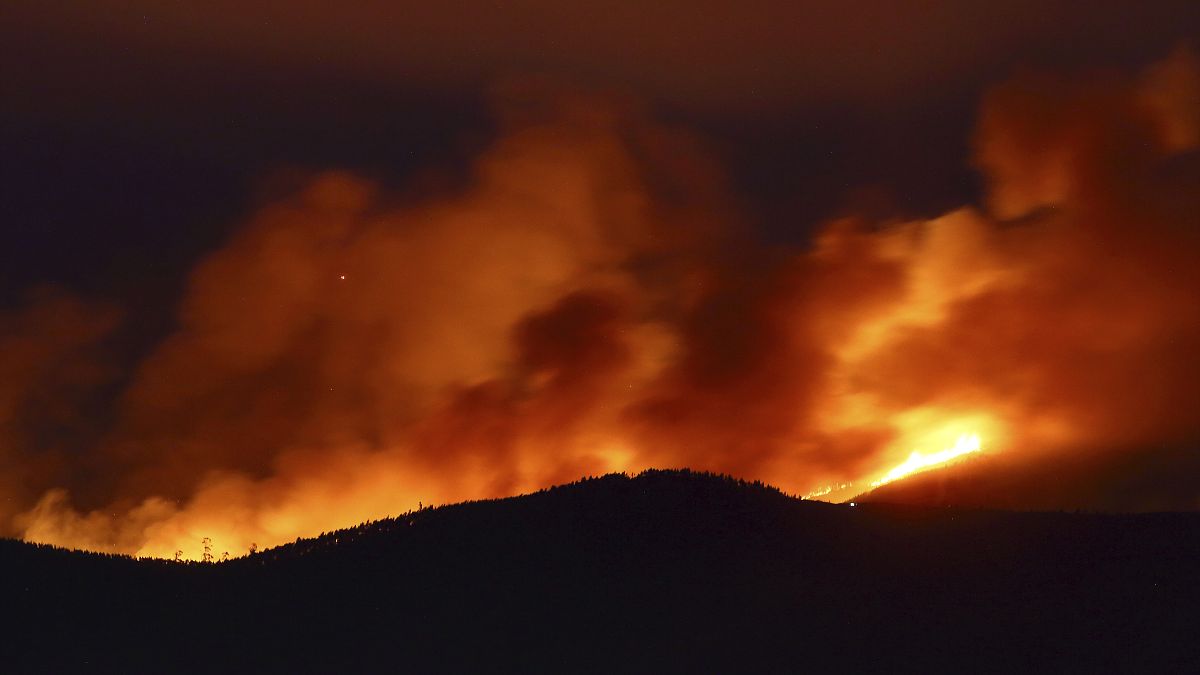FireSat, a satellite constellation, is designed to detect and manage even small wildfires more effectively.
Google announced in a blog post this week details on FireSat, a new constellation of satellites using artificial intelligence (AI) that aims to provide a better way to monitor and manage wildfires.
Over the past few years, wildfires have become a growing concern as they developed in size, frequency, and impact.
Europe in particular has been facing a significant wildfire crisis, with climate change as a major contributing factor due to the increase in temperatures and extended dry periods.
“The past three years have seen dramatic wildfires kill more people and burn more land than ever before, and have overwhelmed national and EU response capacity,” a blog post by the UCP Knowledge Network read.
This also comes at a time when Portugal is struggling to contain wildfires in the northern part of the country, with fires even reaching residential areas.
The new FireSat initiative, which is led by the non-profit Earth Fire Alliance, is scheduled for launch early next year and aims to address limitations in current wildfire detection technologies.
How will the satellites help with wildfires?
The newly founded Earth Fire Alliance wants this technology to provide global coverage, allowing for the monitoring of every fire on Earth, along with more precise detection capabilities.
Their hope is to help authorities and responders better monitor and respond to fires by offering valuable data and insights into a fire’s behaviour, potentially even increasing safety for firefighters.
According to the Google blog post, current satellite imagery used for wildfire detection has limitations, including low-resolution images and infrequent updates, making it challenging to detect fires until “they’ve grown larger than a [football] field”.
“We realised one of the main issues was that there just wasn’t a lot of good data for how fires spread, or where they even were half the time. Because in a satellite image of the Earth, there’s a lot of things that could be mistaken for a fire,” Christopher Van Arsdale, climate and energy research lead at Google Research and chairman of the Earth Fire Alliance, said in a video statement.
“Cloud reflecting sunlight, a pond that’s reflecting light back into space, something that’s hot like a smokestack. All of these things could look like a fire, especially when you’re looking at a relatively coarse pixel”.
The FireSat system is set to include a network of 50 satellites in low-earth orbit designed specifically to monitor fires by spotting them when they start and as they evolve.
These satellites are equipped with infrared sensors that detect small fires, some as small as 5 by 5 metres, which is roughly the size of a classroom, which could allow emergency teams to respond before they get out of control.
The key feature of this system is its ability to provide real-time updates, as frequently as every 20 minutes, unlike traditional current systems, which only update a few times a day.
FireSat is being developed in collaboration with Google Research, Muon Space, an American aerospace startup, and the Environmental Defense Fund.
AI use in managing wildfires
Google Research will primarily contribute to this project through machine learning (ML) technology and AI-driven enhancements, which will give the system its ability to detect small-scale fires, they said.
“AI and ML will allow us to take the last 1,000 times we saw a particular spot in the earth and estimate whether or not the images that we’re seeing now have a fire in them or don’t,” Van Arsdale said.
The AI also looks at factors like weather and nearby infrastructure to better understand conditions in the area.
The data provided by FireSat could potentially help shift the focus from just putting out fires to preventing larger ones.
This includes support in strategically using controlled burns and other techniques to stop fires before they become dangerous.
The first satellite in the FireSat constellation is expected to launch in 2025, with the entire constellation to follow in upcoming years.

